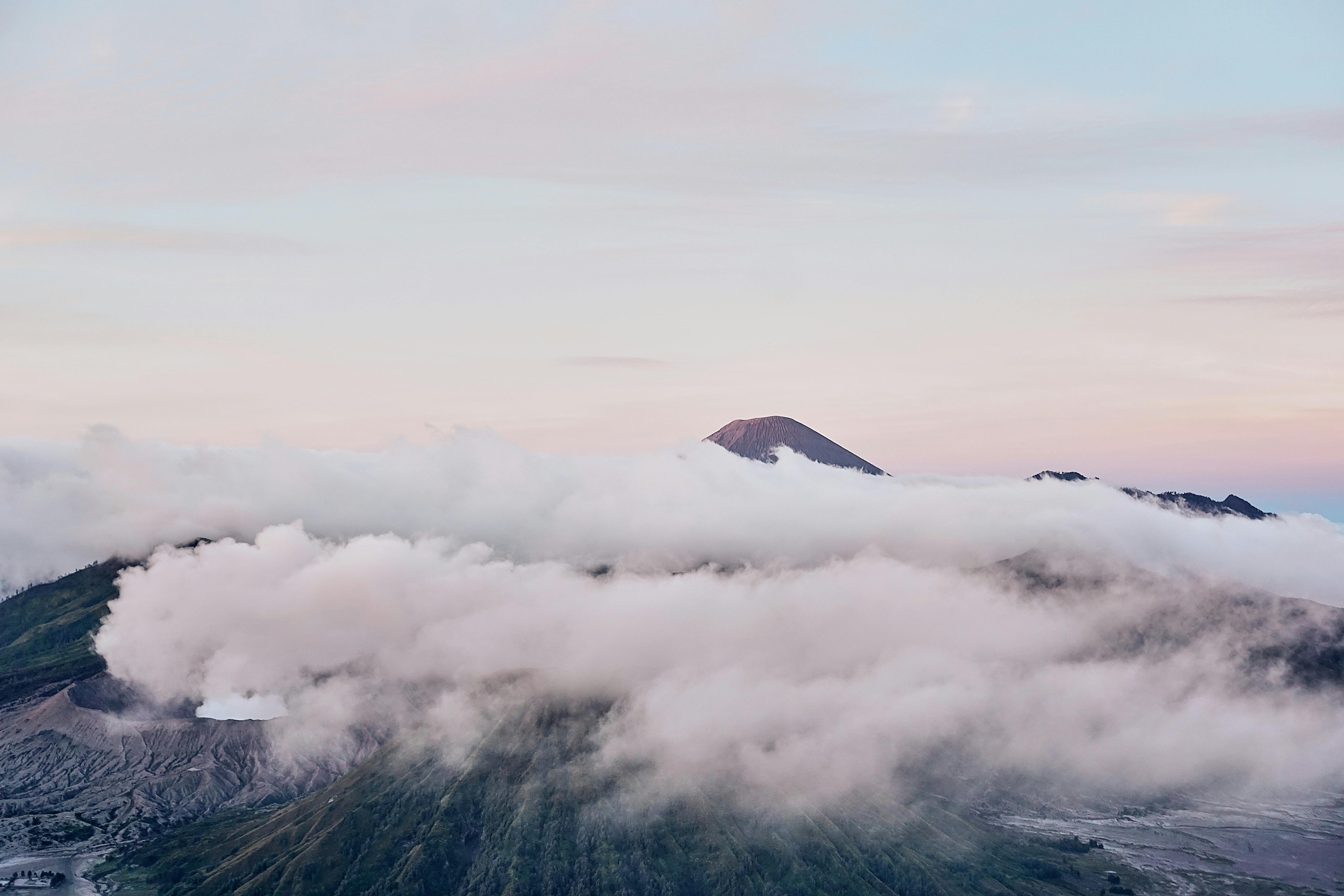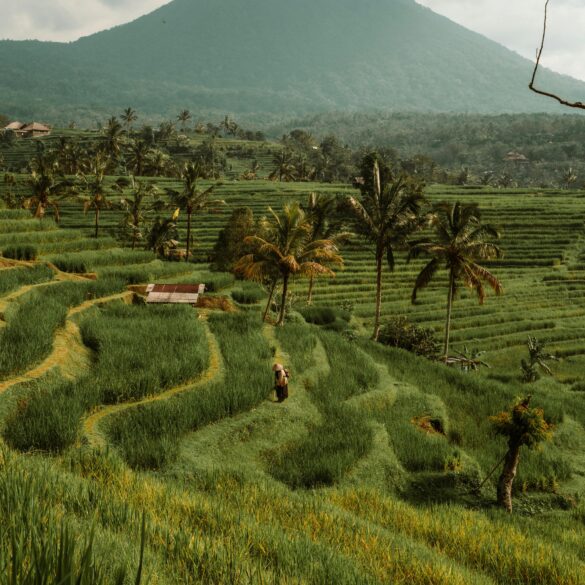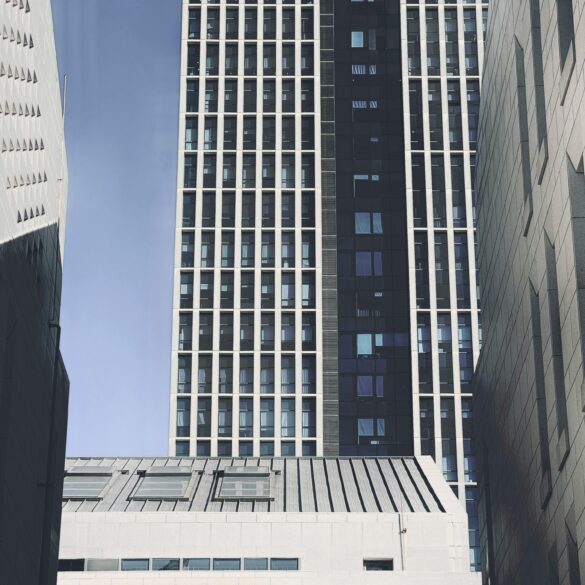Indonesia’s Top Volcano Trekking Strategies: Global Adventure Success
Let me ask you something: when was the last time a travel experience changed your perspective—shook up your assumptions, challenged your stamina, and thrilled your senses? For me, it wasn’t sipping coffee in a trendy city or lounging on a standard beach. It was hiking the scorched rim of Mount Bromo at sunrise, the sulfur smoke drifting on the wind, and feeling—honestly—a strange mixture of awe and humility in the shadow of ancient forces. Indonesia’s volcano trekking, in my experience, isn’t just another adventure. It’s a cultural rite, a sensory overload, and an industry masterclass in adventure tourism strategy.1
The Global Magnetism of Indonesia’s Volcanoes
Indonesia’s archipelago is home to over 130 active volcanoes—more, by some counts, than any other country. What a lot of tourists don’t realize until they’re on the ground is that volcano trekking isn’t just dangerous bravado. It’s carefully structured, backed by industry best practices, safety oversight, and—here’s what really sets Indonesia apart—a deeply rooted cultural embrace. The appeal is multi-layered: from Instagram-worthy panoramas at Kawah Ijen’s electric blue flames2 (I’m still itching to go back), to spiritual journeys atop Java’s spiritual Merapi, to rough-and-tumble overnight treks on Lombok’s Rinjani.3
This magnetism isn’t accidental. Indonesia’s tourism authorities, local guides, and adventure industry leaders have spent years shaping the narrative—positioning volcano trekking not just as a bucket-list item but as an immersive cultural experience. Interestingly enough, visitor statistics reflect this focus: in 2024 alone, volcano-related trips accounted for nearly 27% of adventure tourism growth in the region.4 For global appeal, Indonesia markets its volcanoes through a mix of cinematic visuals, curated influencer journeys, and genuine storytelling that never feels—well—contrived. What fascinates me is how this approach continues to evolve alongside shifting travel trends.
Indonesia’s “Ring of Fire” is the largest volcanic arc in the world, providing not only spectacular trekking routes but also enriching the local soil, which supports the country’s incredible biodiversity and unique agriculture.5
Adventure Tourism: Indonesia’s Strategic Blueprint
So, what’s Indonesia’s formula for adventure tourism success—and why do volcano treks generate such strong global interest?
For starters, there’s strategic diversification: not every trekking route is for hard-core mountaineers. Some, like Batur in Bali, are perfect for families and first-time hikers (yes, my first trek was cautiously choosing this route, and it paid off). Others, like Semeru, require multi-day commitments, technical gear, and—let’s face it—a real willingness to suffer for the summit. The strategy is to meet travelers, from novice to expert, on their own terms.
Indonesia’s Adventure Blueprint: Key Elements
- Targeted route variety for all skill levels
- Industry-certified local guides and safety protocols
- Seasonal planning and weather risk management
- Deep integration of local culture and spiritual traditions
- Sustainable infrastructure designed for minimal environmental impact
Over time, Indonesia’s government agencies have partnered with local communities and global adventure operators to standardize trekking permits, implement environmental regulations, and train guides in multi-language emergency response (my own group, years ago, benefitted from a quick-thinking local in a surprise rainstorm).6
That level of strategic depth—honestly, I used to think it was industry hype until I saw the local investment, the training programs, the international awards. Strategic partnerships (UNESCO designation of Borobudur region, for instance) have amplified both safety and sustainability.7 And from my perspective, the financial returns for local communities are a major underappreciated aspect.
Volcano Trekking for Every Traveler: Experience Levels & Safety
One thing I wish I’d known before my first Indonesian trek is that “accessible” can mean wildly different things depending on your experience, fitness, and what you expect from an adventure. Indonesia’s volcano trekking industry—by design—caters to a spectrum:
– Novices: easy access, clear trails, sunrise walks like Batur
– Intermediates: moderately challenging routes, group guides, half-day ascents
– Experts: advanced climbs, technical terrain, multi-day summits under tough conditions (Mount Rinjani, anyone?)8
Safety, though—here’s where Indonesia stands out globally. According to World Tourism Organization reports, Indonesia has among the lowest incident rates for adventure trekkers in Southeast Asia.9 This is thanks to a combination of required local guide certification, regular safety audits, and volcanic monitoring that’s—really—next level. Local operators track volcanic activity with government-issued alerts, GPS mapping, and weather apps (which, I’ll admit, saved me more than once).
Checklist: Planning a Safe Volcano Trek in Indonesia
- Research your volcano—difficulty, weather, volcanic status
- Book certified local guides (check reviews and permits)
- Prepare proper equipment—layers, rain gear, first aid
- Confirm insurance and emergency contacts
- Practice environmental “leave no trace” etiquette
- Respect local rituals and community advice
Having made mistakes—packing too little water, forgetting bug spray, underestimating elevation—I’ve learned safety is about more than gear. Social safety nets are crucial: local guides will call off a trek when conditions worsen, even if tourists protest. There’s a fine line between challenge and recklessness, and Indonesia’s approach means guides consistently err on the side of caution. I’m still grateful to the local trek leader on Semeru who made us turn back during a sudden ash eruption. That’s authentic risk management, not window-dressing.
Local guides in Indonesia often hail from families who have served on volcanic mountains for generations, blending modern safety training with centuries-old wisdom. This creates a one-of-a-kind trekking environment where cultural respect and adventure go hand in hand.10
Seasonal Planning & Cultural Integration
If there’s one thing new trekkers often overlook, it’s the importance of seasonal timing and cultural festival alignment. Indonesia’s climate isn’t a gentle, predictable setting—it shifts from dry spells ideal for trekking (May to October) to monsoon periods where trails turn slick, and volcanic risk spikes. That said, some of the best experiences happen outside standard tourist seasons. For instance, Ramadan in Java transforms trekking logistics and village rhythms—if you haven’t trekked during a festival, you literally haven’t seen the real local pulse.11
Cultural integration makes a huge difference in the quality and depth of every trek. Trekking companies have learned—sometimes painfully—that ignoring local rituals and village wisdom can alienate communities and create real safety risk. I recall an incident in 2021 when a foreign group attempted a sunrise summit on Rinjani during a sacred local ceremony. They were, rightly, stopped and educated about the mountain’s spiritual significance. Since then, operators now coordinate treks to respect local events, and many offer pre-trek cultural briefings, which, in my experience, deepen the entire travel experience.
| Volcano | Recommended Season | Region | Trek Difficulty |
|---|---|---|---|
| Batur | May-Oct | Bali | Easy |
| Rinjani | Jun-Sep | Lombok | Advanced |
| Merapi | Jul-Aug | Central Java | Intermediate |
| Kawah Ijen | May-Oct | East Java | Intermediate |
Next time you’re planning—consider not just weather but local holidays, village festivals, and harvest cycles. Trekking with cultural awareness opens up new levels of authenticity. For me, sharing stories around a village fire after a long trek remains one of those “memory bank” moments that no photo truly captures.
Quick Tips: Aligning Treks with Cultural Events
- Check local calendars for festivals and ceremonies
- Book pre-trek cultural briefings
- Respect sacred trekking times and trails
- Prioritize ethical photo sharing policies (ask before posting)

Sustainability and Responsible Adventure Tourism
Here’s where I get passionate—responsible adventure tourism is a trending phrase, but Indonesia genuinely puts sustainability into actual practice. I’m not entirely convinced other countries are catching up at the same pace. From village-led clean-up drives to government-backed waste management on busy trekking routes, it’s a layered, evolving approach.
Let me clarify: years ago, summit trash was a real problem. Now, trekkers are required to pack out what they pack in, and many routes (Rinjani and Bromo especially) have “eco checkpoints” run by local youth. That’s transformative, not performative—a lesson Indonesia’s competitors are still learning.
Focusing on long-term impact, Indonesia’s strategy smartly includes:
– Limiting trekker volume on popular routes (maximum permitted climbers per day)
– Creating alternate routes to reduce local ecosystem strain
– Investing in volcanic risk research and natural disaster response training12
Indonesia’s Sustainability Best Practices for Volcano Treks
- Community-led waste management initiatives
- Strict “leave no trace” policies enforced by local guides
- Real-time volcanic monitoring and risk assessments
- Seasonal trail closures to allow natural regeneration
- Ongoing education for both travelers and guides
On second thought, what I should have mentioned first is the value of genuine community involvement. Years ago, seeing local trekkers pausing to repair damaged signage (with little fanfare or compensation) taught me sustainability isn’t just policy—it’s personal investment. Adventure tourism operators increasingly partner with indigenous groups and village councils, supporting both ecological health and community development.13
| Sustainability Initiative | Implementation | Impact | Region |
|---|---|---|---|
| Eco Checkpoints | Youth-managed | Reduces litter by 70% | Lombok/Bromo |
| Trail Closures | Seasonal (rainy) | Ecosystem regeneration | Java/Sumatra |
| Community Training | Workshops | Improved safety, environmental knowledge | All regions |
And it’s not all formal—travelers themselves increasingly advocate for “greener” options, pushing companies to compete not just on price but on sustainability cred. The result? Cleaner trails, clearer policies, and (if you ask guides) more respectful visitors who recognize the fragility of volcanic landscapes.14
To me, the real lesson is: sustainable adventure isn’t a trend here—it’s woven into the travel DNA of Indonesia. If you skip this aspect, you miss a foundational part of the global appeal.
Discussion Prompt: Trekker Responsibility
What steps do you personally take to reduce your impact when trekking? How could local and global operators improve sustainable practices even further?
Repurposing and Content Longevity
It’s funny—every time I write or share about Indonesia’s volcano trekking, the demand for updated route info or new cultural perspectives just keeps growing. From my own experience updating industry blogs and travel guides, future-proofing content isn’t a technical task—it’s about storytelling and modular structure. Here’s how we keep these insights relevant:
- Annual updates to seasonal tables and route difficulty ratings
- Real trekker interviews and anecdotal stories for social sharing
- Curated photo galleries and Instagram moments (with local consent)
- Modular “callout” boxes for safety updates or new sustainability campaigns
- Infographic translation of planning checklists for newer travelers
In my opinion, content on Indonesia’s adventure strategies ages well when it keeps both practical and emotional angles alive—blending data, local wisdom, and an ever-evolving sense of discovery. It’s about maximizing “shareability” while holding onto industry credibility and genuine human voice.
Conclusion: Why Indonesia’s Strategy Wins
Let that sink in for a moment: Indonesia’s volcano trekking scene isn’t just globally appealing because of dramatic landscapes or bucket-list summits. It’s the strategy—the layered, evolving blueprint that weaves together cultural depth, safety diligence, and sustainability. Having trekked in three continents, I keep coming back to Indonesia not for the “extreme” marketing, but for the holistic experience—the early-morning chant at Merapi, the youth-led clean-up on Rinjani, the guide’s weather call that saved my group. Each trek feels like a conversation between local wisdom and global adventure standards.
Post-pandemic travel trends make authentic, small-group volcano trekking more attractive than ever. Indonesia meets this demand by harmonizing global best practices and local respect—a formula that, honestly, remains unmatched. The appeal is real, the safety is rigorous, and the memories are—well—long-lasting.
Call to Action
Planning an Indonesian volcano adventure? Prioritize cultural respect, sustainable practices, and connect locally—then share your experiences to inspire the next generation of responsible adventurers!



